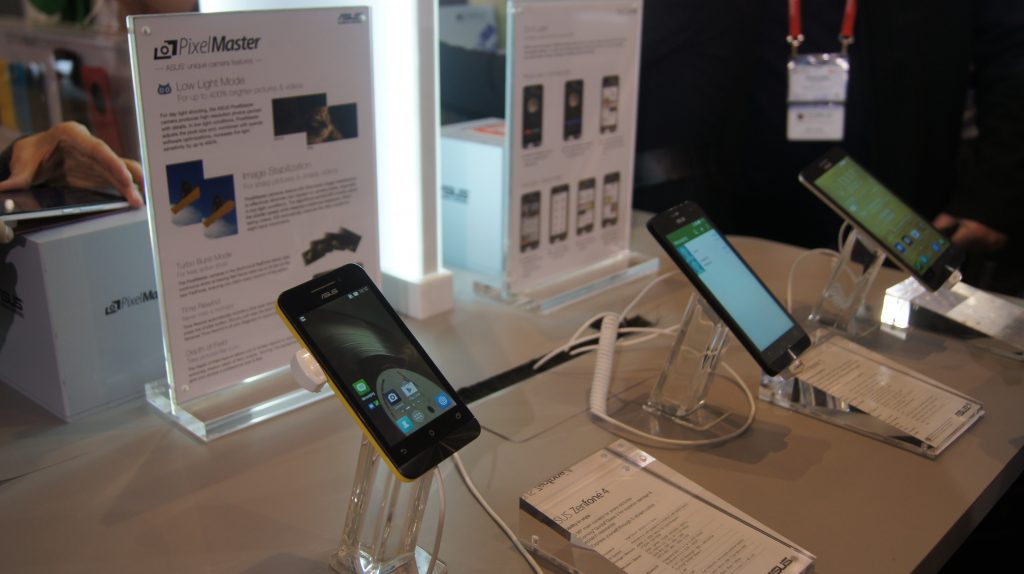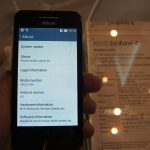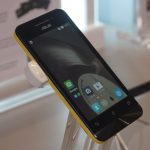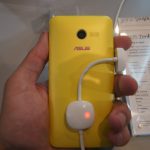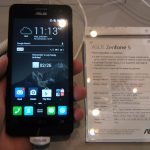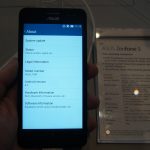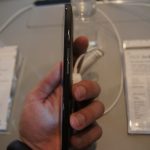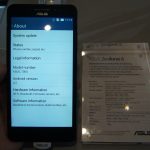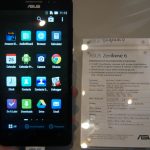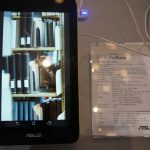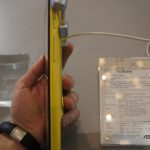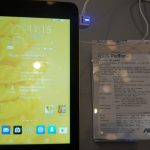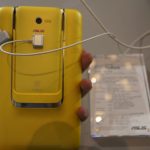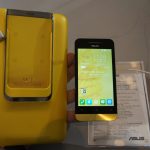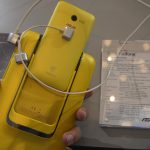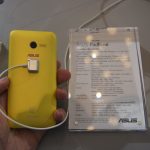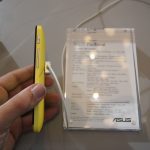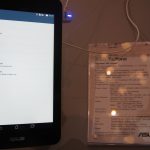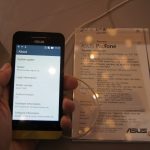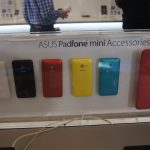After announcing them at CES in January, ASUS took the wraps of its latest range of Android smartphones at Mobile World Congress in Barcelona and since they’ve been confirmed as on the way to South African shores, we darted over to the ASUS stand to bring you a first hands on with them.
The new ASUS Zenfone range includes a 4-inch and 5-inch smartphone as well as a 6-inch phablet each of which have been creatively named the ASUS Zenfone 4, Zenfone 5 and Zenfone 6. While they’re all running the last of the Jelly Bean variations of Android or as we know it, Android 4.3, ASUS has said that they will all see the latest version of Google’s operating system, Android 4.4 shortly.
At just $100 (around R1 000) for the Zenfone 4, $150 (R1 500) for the Zenfone 5 and $200 (R2 000) for the Zenfone 6 in the US we have high hopes that all of the Zenfones will arrive in South Africa ready to take the fight to the middle end of the smartphone market.
Not to be forgotten was the diminutive ASUS Padfone Mini which combines a 4-inch smartphone with a 7-inch tablet docking station to give users the best of both worlds. As with the Zenfones, the Padfone Mini is rolling in on Android 4.3 with the upgrade to 4.4 on the horizon.
Intel has struck a deal with ASUS to power almost all of its Android smartphones and the Zenfones and the Padfone Mini are all among the smartphones that use Intel’s silicon to power them. Disappointingly for smartphone speed demons is that the Zenfones don’t use the latest version of Intel’s Atom chips that were announced at MWC. The Zenfone 4 has a dual core 1.2GHz processor while the Zenfone 5 and 6 along with the Padfone Mini are all using a dual core 2GHz model which happens to be the same processor that was used in the tablet half of the ASUS Transformer Book Trio.
ASUS’ newly overhauled Android customisation, which it calls ZenUI, is snappy and responsive on even the bottom of the range Zenfone 4 which was surprising considering that they all come with just 1GB of RAM.
But enough generalising, let’s get into each handset.
We started with the Zenfone 4 which, with its relatively small 4-inch display, fits very comfortably in one hand for most users. The 480X800 resolution display isn’t a stand-out performer but neither is there anything bad to say about it. The bright colours and smooth, soft touch backs of all of the Zenfones feels incredible in hand but is particularly comfortable when cradling the rounded edges of the small frame of the Zenfone 4. The material is reminiscent of the Nokia Lumia range’s bright polycarbonate frames. While it’s not going to win any benchmarking honours we were mighty impressed with the results of what is essentially a stunning handset for its price.
The clear pick of the Zenfone bunch for us was the Zenfone 5 which was just the right size and heft for our hands. With a 5-inch 720p IPS LCD display colours were as bright and vivid on-screen as in the loud colours of its plastic housing. The upgrade to the 2GHz processor also gave it a surprisingly responsive feel when navigating through the software that compares to what you would find in high-powered Android flagship smartphones rather than the more budget friendly Zenfone 5.
To borrow from Goldilocks, the Zenfone 6 was just too big in comparison to the ‘too small’ Zenfone 4 and ‘just right’ Zenfone 5. The display resolution is still 720p and it feels a little stretched out on such a large display. Even though the materials are the same as the other two Zenfones, the Zenfone 6 felt much too hefty and plasticky for our liking, however it may have just been a case of longing for the Zenfone 5 back in hand instead.
Cleansing our pallets of the Zenfone range was the Padfone Mini. It’s almost identical in look and feel to the Zenfone 4 but has a one up in the power stakes with a 1.6GHz dual core processor to call on when it slips into the 7-inch 800X1280 IPS+ display toting tablet docking station. Said docking station is of the same soft touch plastic material as the phones and the process of docking is smooth and snug fitting in an assured manner that was surprising considering the $249 (R2 500) US price tag. Within three seconds the phone’s content is blown up to tablet size and just as quickly returned to normal when the reverse is performed. The ZenUI is still as zippy and light on its feet as with the Zenfones whether in tablet or phone form factor.
Exciting times are ahead with this bunch of ASUS phones on the horizon for our local market. If ASUS can keep the local prices competitive then there will be an interesting tussle for the wallets of the thrifty Saffer.

